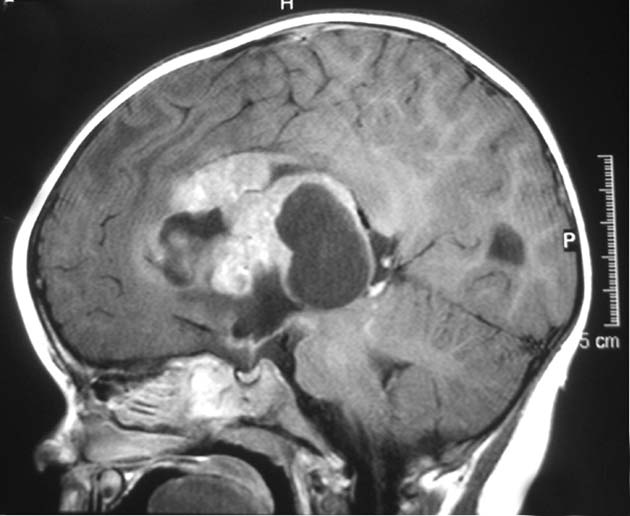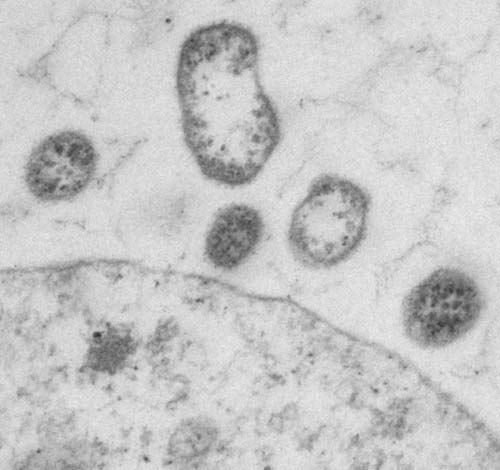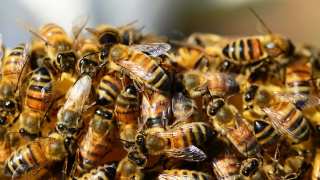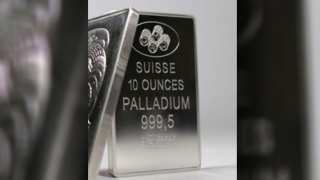Scientists from the University of Geneva and the University of Basel have created an artificial virus which can be used to help alert the body to cancerous cells, encouraging the immune system to recognize tumours and fight them more aggressively.
Tumours can often grow undetected
Generally, cancer cells are able to grow without a great deal of resistance from our bodies, because the cancerous cells are derived from healthy, normal cells which have mutated. This means that our immune systems often don’t react that strongly to cancerous cells at the start. As the cancerous cells develop, they start to release proteins which are recognized by the immune system as a threat and at this point the immune system will then try to start killing the cells which are causing a tumour to form.

Magnetic Resonance Image of a supratentorial atypical teratoid/rhabdoid tumor (ATRT) in a young child (CC BY-SA 3.0)
Unfortunately, at this point, the cancerous cells have a few other tricks which they use to again avoid detection by the immune system. Cancerous cells are very good at mutating, which means that they can change their genetic information, so that the immune system once again doesn’t recognize them as a threat. Cancerous cells can also grow rapidly which means that sometimes the immune system simply cannot keep up.
Cancer treatments
Whilst there are a wide range of treatments for cancer including chemotherapy and radiotherapy, immunotherapy, or biologic therapy, helps the body fight cancerous cells by re-engaging the immune system and encouraging it to recognize cancerous cells sooner and fight these cells more aggressively. Immunotherapy is a reasonably new form of cancer treatment with many ongoing clinical trials.
Using a virus to help the body detect cancer
In contrast to cancer cells, viruses generally provoke a much stronger response from the immune system due to the fact that they are immediately recognized as unfamiliar. This means that as they proliferate, they cause the body to release alarm signals, which then help prepare the immune system to destroy the virus.
The researcher team from the University of Geneva and the University of Basel developed an artificial virus which contained cancer proteins. By combining proteins from cancerous cells with the virus, it meant that the immune system then responded as if defending itself from a viral infection. The cancer proteins were identified as dangerous.
This meant that the immune system was then stimulated to produce killer cells, also known as cytotoxic T-lymphocytes, which destroyed the cancerous cells after identification using the protein from the cancerous cells.

A view of a modified lymphocytic choriomeningitis virus (LCMV).
In theory, this technique could be used to fight any type of cancer. After a biopsy of the cancerous tumour, proteins could be removed before being placed in the modified virus cells, which are then injected into the patient. This should trigger a much stronger response from the immune system.
The research, published in Nature Communications is a promising step forward for this treatment. Professor Doron Merkler and Professor Daniel Pinschewer, lead authors of the study, say that “we hope that our new findings and technologies will soon be used in cancer treatments and so help to further increase their success rates.”
Top image: A dividing lung cancer cell. Credit: National Institutes of Health







No comment